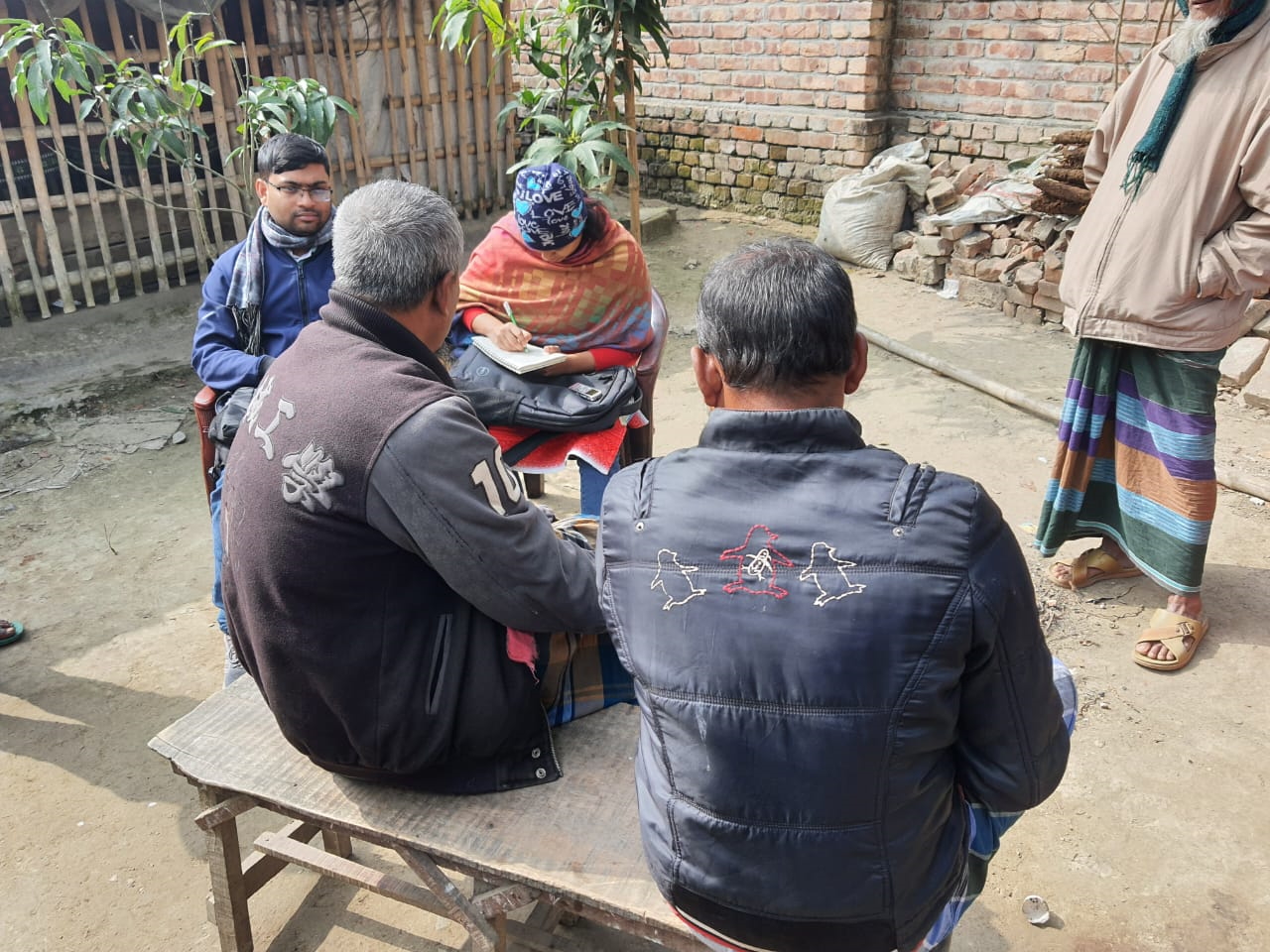The COVID-19 crisis was an unwanted test of Bangladesh’s capacities to protect its 165 million citizens against shocks and disasters. How did its social protection system hold up against the pandemic-induced crisis? What are the lessons for protecting citizens against the economic and food price crisis that has followed?
A timely new study by researchers at the BRAC Institute of Governance and Development explores these issues. Synthesizing the results of two years of research by a range of scholars, thinktanks and civil society groups, the documents what is known about how people have been affected by COVID-19 and how the government response helped – or failed to help – protect people from its fallout.
COVID-19 has increased poverty
The Bangladesh economy has been affected both by global shutdowns and epidemic disease curbed exports, investment, and remittances, and by shrinking domestic demand. Researchers across a range of government and non-governmental institutions found a sharp rise in poverty as the pandemic took hold and the country went into lockdowns.
This reversal comes after decades in which poverty and extreme forms of poverty had declined, in both rural and urban areas. The South Asian Network on Economic Modelling estimated that the proportion of the population living with poverty had risen from 22% in 2018 to 42% in late 2020, while those living in extreme poverty rose from 9 to 29%. The Centre for Policy Dialogue found that from 2016 to 2020, the proportion living in poverty had risen from 24% to 35%.
A panel study by the Power and Participation Research Centre and BRAC Institute of Governance and Development found that the ‘new poor’ comprised one-fifth of the country, as late as August 2021 (immediately after the second lockdown). Average incomes were down by almost a quarter (23%) compared to before the pandemic.
Government is committed to reaching more citizens with more support
Bangladesh’s political elite is committed to protecting its remarkable progress on reducing poverty and raising human development standards. It allocated 12.5% more to social protection in the current financial year, amounting to 18% of the total budget. It introduced new schemes, and extended coverage of existing schemes to reach more citizens.
Local government officials were tasked with identifying and registering people who needed help, and with delivering cash and food assistance. As far as citizens could see, government was the main source of assistance at this time. Bangladesh’s famed NGOs were less visible, although this was partly because the government was reluctant to partner with them at a time of national crisis.
But strong and visible political commitment was not enough: decades of under-investment in the systems for delivering social protection, and of weak mechanisms of accountability and responsiveness showed up in the slow pace of registering citizens and disbursing payments, and of concerns that the wrong people were receiving funds, while those who needed them were not all getting the help they needed.
Digital innovations are great – but mechanisms of accountability are more necessary than ever
A key lesson I took from the study was that relying on digital platforms and data to overcome the challenges of identifying and reaching the most vulnerable is simply not enough. The real politics of social protection in Bangladesh must be taken into account if people are to receive the help they need, reliably and accountably.
A decision to move cash assistance schemes to mobile money payments showcased the ambitions for a ‘Digital Bangladesh’. But in practice it proved difficult to implement while the country was in crisis-mode. Government has no up-to-date database of social protection beneficiaries or vulnerable citizens – if such a thing is even realistic or possible in a situation where people’s conditions are constantly in flux. And so the government resorted to the customary method of compiling lists of the needy via tiers of committees led by local government representatives and officials.
In moments of crisis, people need to know what they can expect to receive, how they can expect to receive, and to whom they must complain if they do not get what they are entitled to. Bangladesh’s social protection response must build stronger, citizen-oriented grievance redress mechanisms if they are going to reach people with the support they need, when and how they need it. Digital innovations can help improve information flows and transparency. But they need to be designed to work with how citizens actually engage with the state, if weakly accountable public institutions are going to learn how to deliver social protection to people who need it, when and how they need it.
